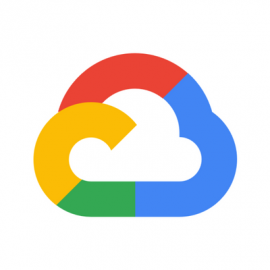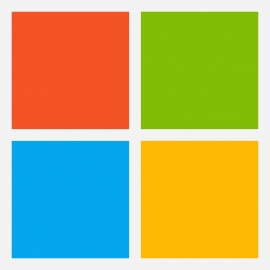Microsoft Azure and Google Cloud both offer cloud solutions. This guide outlines the differences between the platforms and includes tips for your evaluation.

Looking to move data around in the cloud? Moving massive amounts of data has become a backbone of business. It might involve switching from one cloud to another, performing continuous on-premises data migration, or continuously ingesting data from a social feed without dedicated servers. Cloud migration can be a one-time or continuous process.
Infrastructure as a service or platform as a service can both be good starting points, but which service should an organization use? Two of the largest, Microsoft Azure and Google Cloud, offer a lot of options.
SEE: Hiring Kit: Cloud Engineer (TechRepublic Premium)
Jump to:
What is Google Cloud?

Google bills their Google Cloud migration services as a streamlined but flexible way to move data and apps to the cloud. Their variety of migration and modernization options include automated services, fully-managed databases, and options for Oracle workloads and Microsoft SQL Server deployments. Their Cloud Foundation Toolkit is built to guide organizations through the process of migrating applications. Microsoft and Google also have partnerships in this area, including Google’s tools for modernizing Windows and Microsoft workloads.
What is Microsoft Azure?

Microsoft Azure cloud services provide cloud environments across on-premises, multi-cloud or hybrid formats. The tech giant bills it as a chance to “build on your own terms,” with a wide variety of services and features. They also emphasize security, compliance coverage, the client having total ownership of the data and artificial intelligence. Microsoft claims to offer the only cloud platform to run on hyperscale relational databases and provide a speedy NoSQL database with open APIs at any scale.
Feature comparison: Google Cloud vs. Microsoft Azure
| Feature | Google Cloud | Microsoft Azure |
|---|---|---|
| Deployment assistance | Yes | Yes |
| Virtual machines | Yes | Yes |
| Built-in security | Yes | Yes |
| Containers | Kubernetes | Kubernetes |
| Flexible payment model | Yes | Yes |
| Free trial | Yes | Yes |
| Geographical range | 35 regions | 58 regions |
Head-to-head comparison: Google Cloud vs. Microsoft Azure
SSH-based machine access
One major difference between the two services comes in depending on the operating system. Naturally, Azure plays well with Windows, as does Google Cloud, but Google Cloud’s SSH-based machine access can be especially useful for Linux projects.
Range and availability
Geographically, Azure is available in a broader range of regions across the world. In terms of edge deployments, Google offers Direct Peering, while Azure does not. This service allows a business network to plug directly into Google’s edge network. Both companies have very good (99%) uptime.
AI and ML
Both also offer artificial intelligence and machine learning services. Both have a wide range of speech-to-text, DevOps and other applications for AI/ML.
Security
Both Google Cloud and Azure are rigorously secured. Microsoft has proven compliance with privacy regulations across 50 specific global regions. Google Cloud’s security meets compliance across the globe as well, meeting many ISO standards, GDPR, CCPA, HIPAA and more, all of which Azure also covers.
Both companies offer bug bounties for security researchers, drawing from both the independent security researcher community and their own top-tier security teams.
Choosing between Google Cloud and Microsoft Azure
Let’s dig into database migration in particular. Google Cloud offers good database migration options, with its database migration service offering a clear pathway to Cloud SQL and PostgreSQL. SQL Server and Oracle migrations are currently available in preview. Depending on the service tier, Google Cloud offers serverless migrations that reduce or eliminate downtime, replicating data continuously. This also means the destination Cloud SQL instance or AlloyDB cluster can be used as a stand-alone primary instance.
Organizations can move VM-based self-hosted databases to Google Cloud in order to take their hands off managing the infrastructure, instead relying on Google’s support, performance and disaster recovery capabilities. Each project can involve up to 2,000 connection profiles and 1,000 migration jobs.
Microsoft Azure Migrate has similarly streamlined capabilities, with a single dashboard for the whole process of migrating databases, applications, mainframes or virtual machines. This further separates into a variety of PaaS services such as Azure Kubernetes Service, Azure Spring Apps, Azure Cosmos DB and others. Azure is optimized for SAP workflows, making it easier to combine SAP and non-SAP data.
Microsoft also emphasizes attention to sustainability, with “carbon intelligent” considerations including efforts toward renewable energy, forest preservation and more. Its Azure Arc offering extends management and services to hybrid, multicloud and edge environments.
Azure Migrate runs on a free trial followed by a pay-as-you-go subscription.
Other comparisons may come down to the granular needs of your organization, such as the amount of memory and storage disks you need, physical location and how you want to pay. For more, compare the services to IBM Cloud or AWS Cloud, and read our overview of data migration.
